Understanding Bond Cleaning: Definition and Importance
What is bond cleaning?
Bond cleaning, often referred to as end-of-lease cleaning, is a comprehensive cleaning process required of tenants when vacating a rental property. This meticulous cleaning ensures that the property is returned in a condition that meets the expectations of landlords and property managers, thereby increasing the chances of recovering the full bond deposit. Commonly mandated in rental agreements, bond cleaning covers every inch of the property, from floors and walls to windows and appliances.
Why bond cleaning matters for tenants
For tenants, understanding the significance of bond cleaning is crucial. When moving out, a thorough bond cleaning can determine whether they recover their security deposit, which is typically held as a safeguard against damages. If a property is not cleaned to satisfaction, landlords might withhold part or all of the bond to cover cleaning costs, repairs, or damages. Effective bond cleaning can help tenants avoid these pitfalls, ensure compliance with lease agreements, and secure their financial investment in the rental property.
Landlord benefits from thorough bond cleaning
Landlords, on the other hand, reap significant benefits from thorough bond cleaning. A clean rental property can expedite the re-letting process, attracting new tenants quickly and minimizing vacancy periods. Moreover, it enhances the overall condition of the property, potentially increasing its market value. By ensuring properties are well maintained through bond cleaning, landlords can build a positive reputation, which can lead to long-term tenancies and reduced turnover rates.
Preparing for a Successful Bond Cleaning
Creating a bond cleaning checklist
Preparation is key to a successful bond cleaning. One of the first steps is to create a detailed bond cleaning checklist. This list should encompass all areas of the rental property, ensuring no detail is overlooked. Typical items include:
- Dusting and cleaning light fixtures and ceiling fans
- Cleaning windows, including tracks and screens
- Deep cleaning carpets and floors
- Sanitizing bathrooms and kitchens, including appliances
- Removing any marks from walls and baseboards
- Checking for repairs that may be necessary
Having a checklist helps streamline the process and gives tenants a systematic approach to ensure every area is adequately addressed before the final inspection.
Gathering the right cleaning supplies
The next step involves gathering the appropriate cleaning supplies. Ensure you have all the necessary tools and materials to perform a thorough cleaning. Some essential supplies include:
- All-purpose cleaner
- Glass cleaner
- Disinfectant wipes or solution
- Sponges, brushes, and microfiber cloths
- Vacuum cleaner and mop
- Scrub brushes for tough stains
- Trash bags for disposal of unwanted items
Using the right products not only makes the cleaning process more efficient but also ensures that surfaces are left spotless and sanitized.
Scheduling your bond cleaning effectively
Timing is essential when planning a bond cleaning. Ideally, it should be scheduled close to your move-out date, allowing you to avoid unnecessary cleaning while still living in the space. However, don’t rush; it’s vital to allocate enough time to revisit any areas that might need further attention. Consider the total size of the property and your cleaning checklist to estimate how much time you might need. Additionally, if you’re unable to clean the property thoroughly, hiring professional bond cleaners could be beneficial.
Step-by-Step Bond Cleaning Process
Targeting key areas: kitchen, bathroom, and living spaces
When executing the bond cleaning process, certain areas require special attention. The kitchen, bathroom, and living spaces are often the focal points of any bond cleaning task.
In the kitchen, focus on the appliances, including refrigerator, oven, and microwave. Don’t forget to clean any built-in cabinetry, countertops, and fixtures. Use a degreaser on stovetops and ensure that all surfaces are polished.
The bathroom requires a thorough cleaning of the toilet, shower, tub, and sink areas. Antimicrobial cleaners can help eliminate any lingering bacteria. Pay close attention to tiles and grout, which can easily accumulate dirt over time.
Living spaces should be vacuumed or mopped, and dusting should be performed on furniture, light fixtures, and window sills. Ensure all floors are spotless with no marks or stains remaining.
Using the right techniques for different surfaces
Different surfaces require various cleaning techniques. For example, hardwood floors benefit from a gentle cleaner to avoid damage, whereas tile surfaces may require stronger scrubbing due to grout lines. Always check the manufacturer’s recommendations for cleaning products to ensure compatibility. When cleaning glass surfaces, a streak-free cleaner is key to achieving a polished finish.
Moreover, consider using a steamer for sanitizing various surfaces without chemicals, making it a viable option for environmentally conscious individuals. Understanding the nuances of each surface helps enhance the overall cleaning effectiveness.
Finishing touches to ensure a spotless finish
Finishing touches can make a significant difference in the quality of your bond cleaning. After performing a deep clean, take the time to inspect minor details such as:
- Removing any fingerprints from door handles and light switches
- Fluffing cushions and pillows
- Ensuring that all surfaces are left gleaming and orderly
- Removing any rubbish or leftover items from the property
These details, though small, can create a lasting impression on the landlord or property manager inspecting the space.
Common Mistakes to Avoid During Bond Cleaning
Overlooking important areas
One of the most common pitfalls during bond cleaning is overlooking specific areas that might not be in the forefront of the cleaning process. Areas like under appliances, corners, and behind furniture are often neglected. Avoid this mistake by mapping out every room as your checklist evolves, and regularly checking off each area to ensure none are skipped.
Using incorrect cleaning products
Utilizing the wrong cleaning products can damage surfaces and leave undesirable residues. For instance, abrasive cleaners can scratch delicate surfaces like stainless steel or glass. Always opt for products that are appropriate for the surface being cleaned, and where possible, test a small area first to avoid potential damage. Checking labels and adhering to the guidance provided can mitigate adverse effects.
Rushing through the cleaning process
Lastly, rushing through the bond cleaning process can lead to a lack of thoroughness, ultimately impacting your bond refund. Take your time and ensure that every area of the property is cleaned to the highest possible standard. A rushed job not only risks losing part of your bond but can also lead to additional stress during the final inspection.
Measuring Success: Bond Cleaning Inspection Tips
What to expect during a bond cleaning inspection
Once the bond cleaning is complete, an inspection will be conducted by the landlord or property manager. Expect them to assess each area of the property against the initial condition report you filled out when moving in. The inspection will typically cover cleanliness, functionality of appliances, and overall maintenance of the property. It’s beneficial to attend the inspection to clarify any issues or discuss concerns on the spot.
Checklist for passing the final inspection
To prepare for a successful final inspection, you can use a checklist to ensure you’ve covered all required aspects. This checklist should include:
- All rooms have been deep-cleaned
- All appliances are functioning and clean
- All damage has been documented and reported
- Any necessary repairs have been addressed
- All items have been removed from the property
Going through this checklist before the inspection can alleviate concerns and enhance the likelihood of a full bond recovery.
Steps for addressing potential issues after inspection
In cases where issues arise during the inspection, it’s important to act promptly. Open, respectful communication with the landlord can often resolve misunderstandings. If any areas are deemed unsatisfactory, request specific feedback and undertake the necessary actions to rectify these issues. To protect your interests, make sure to document all correspondence and keep records of any agreed actions.
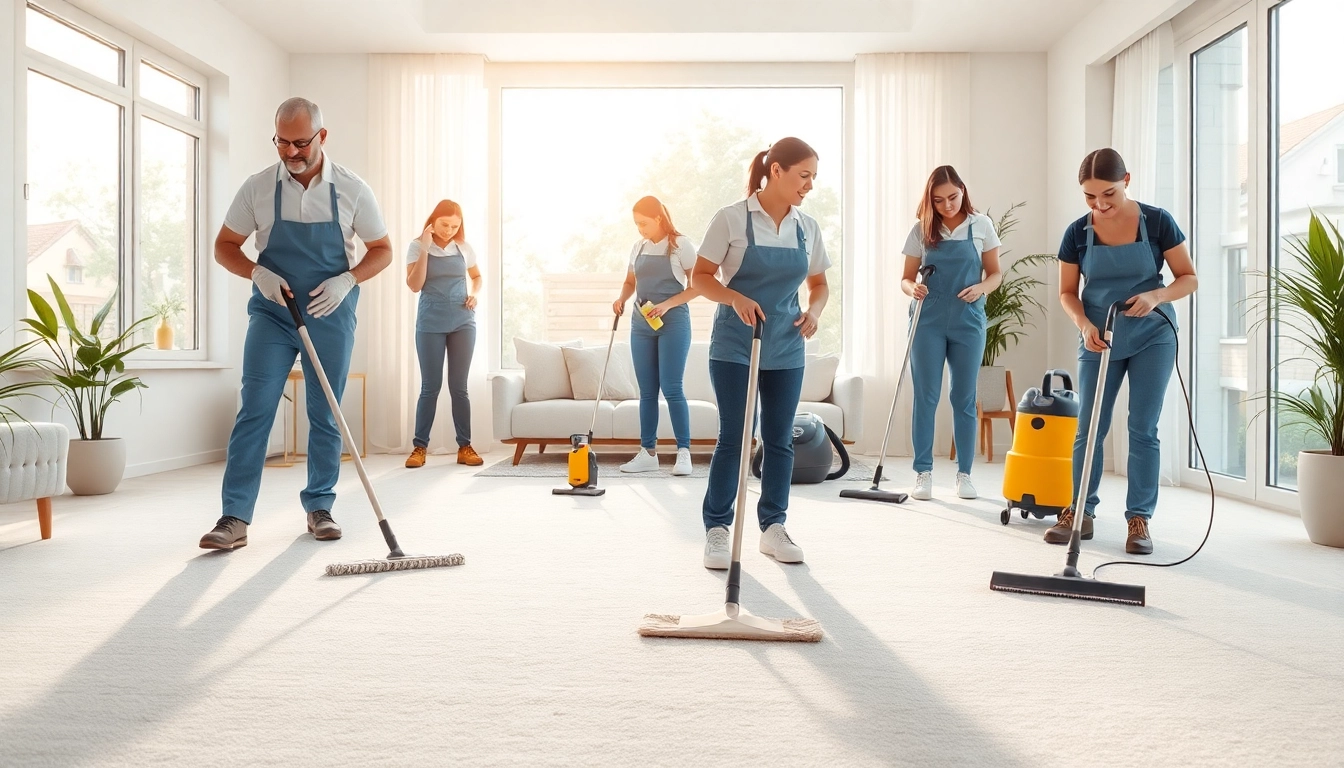





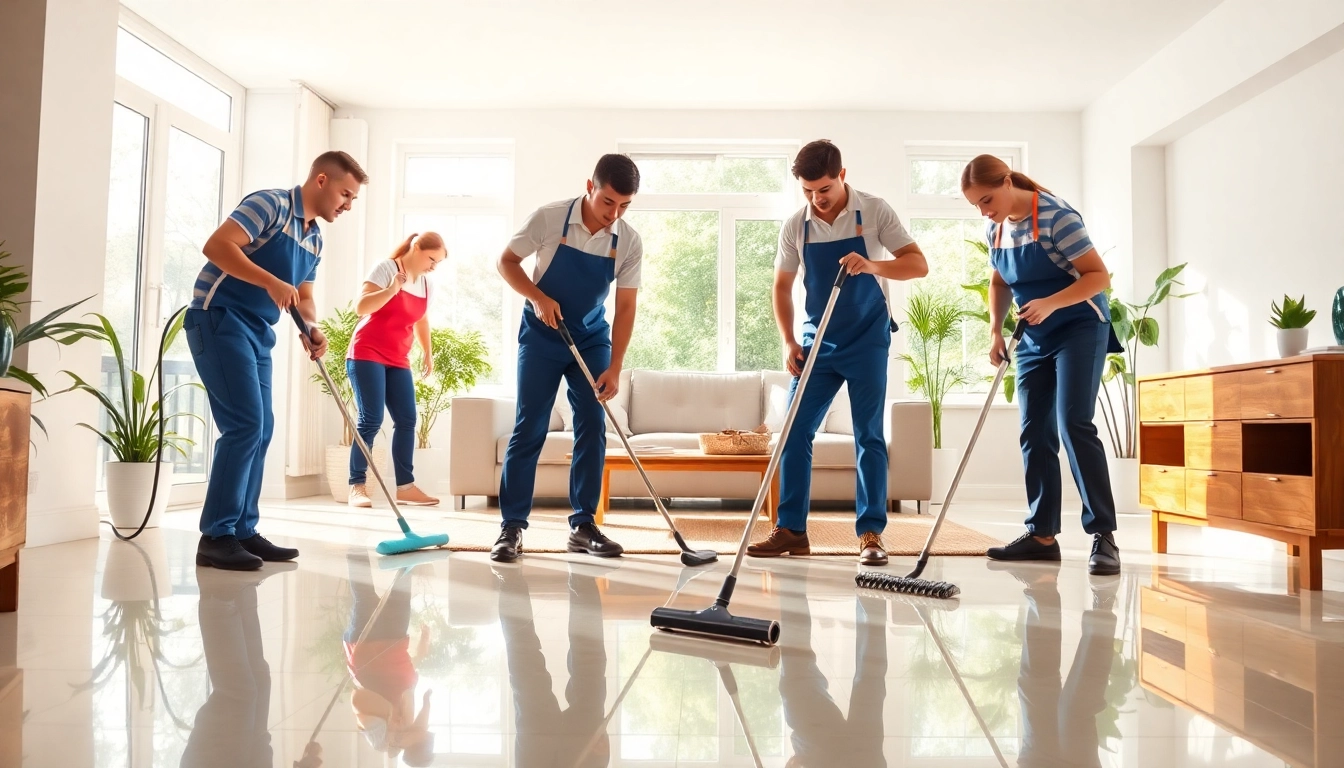




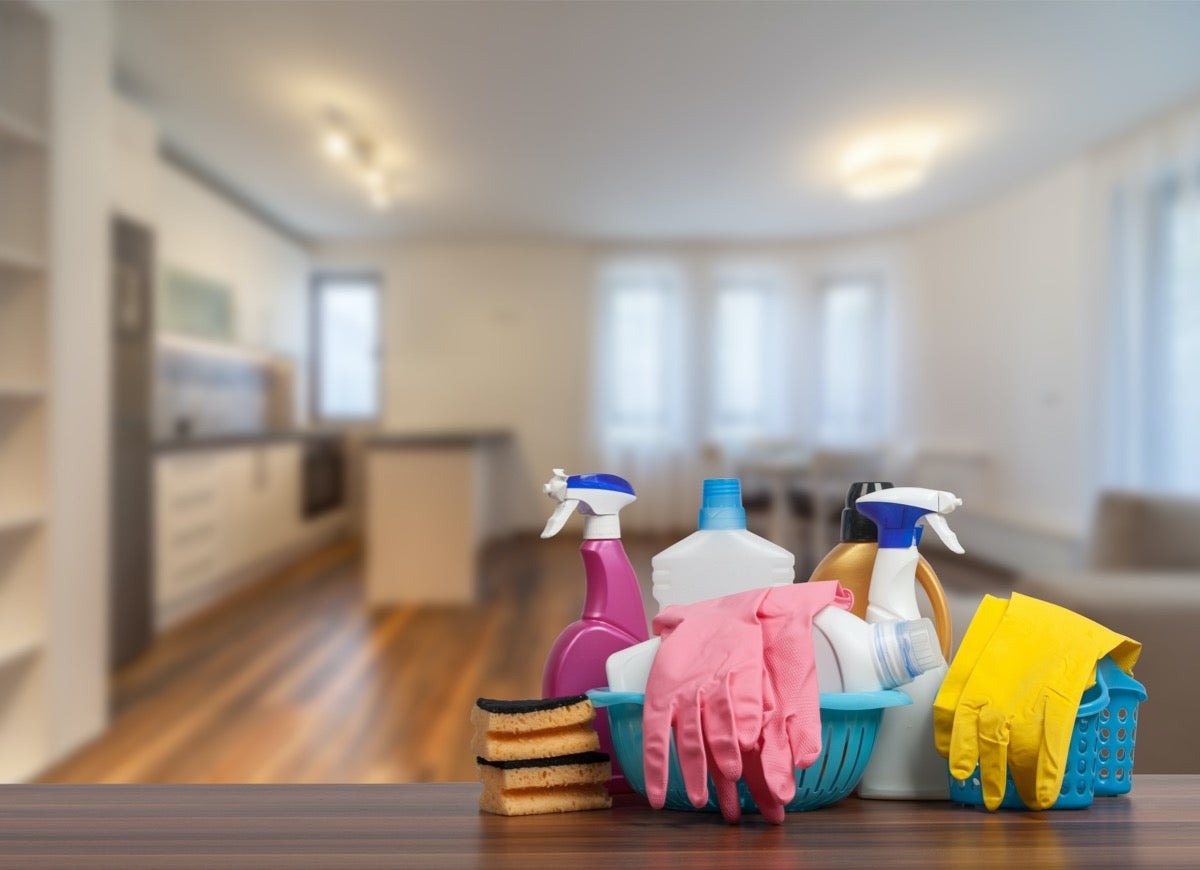
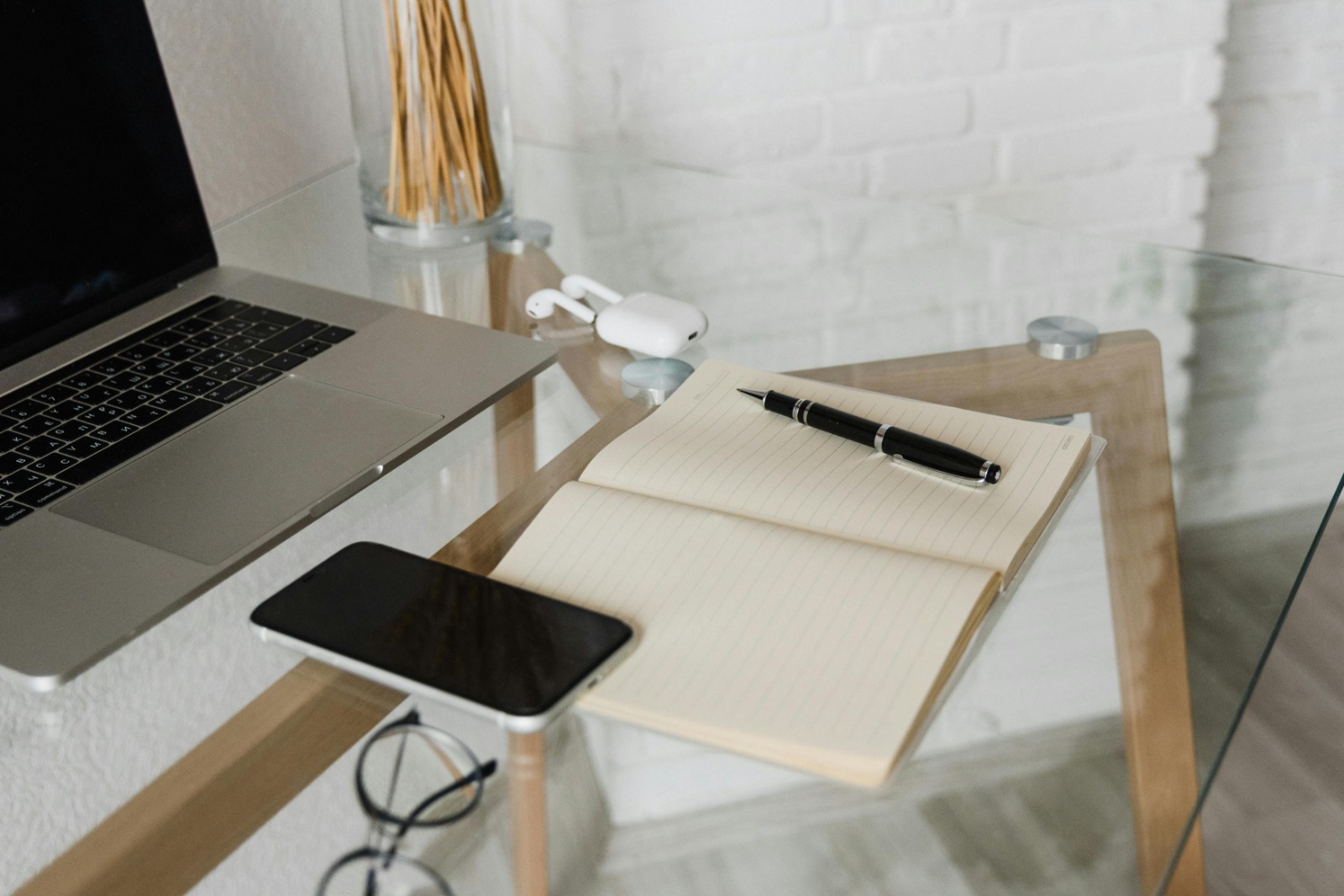

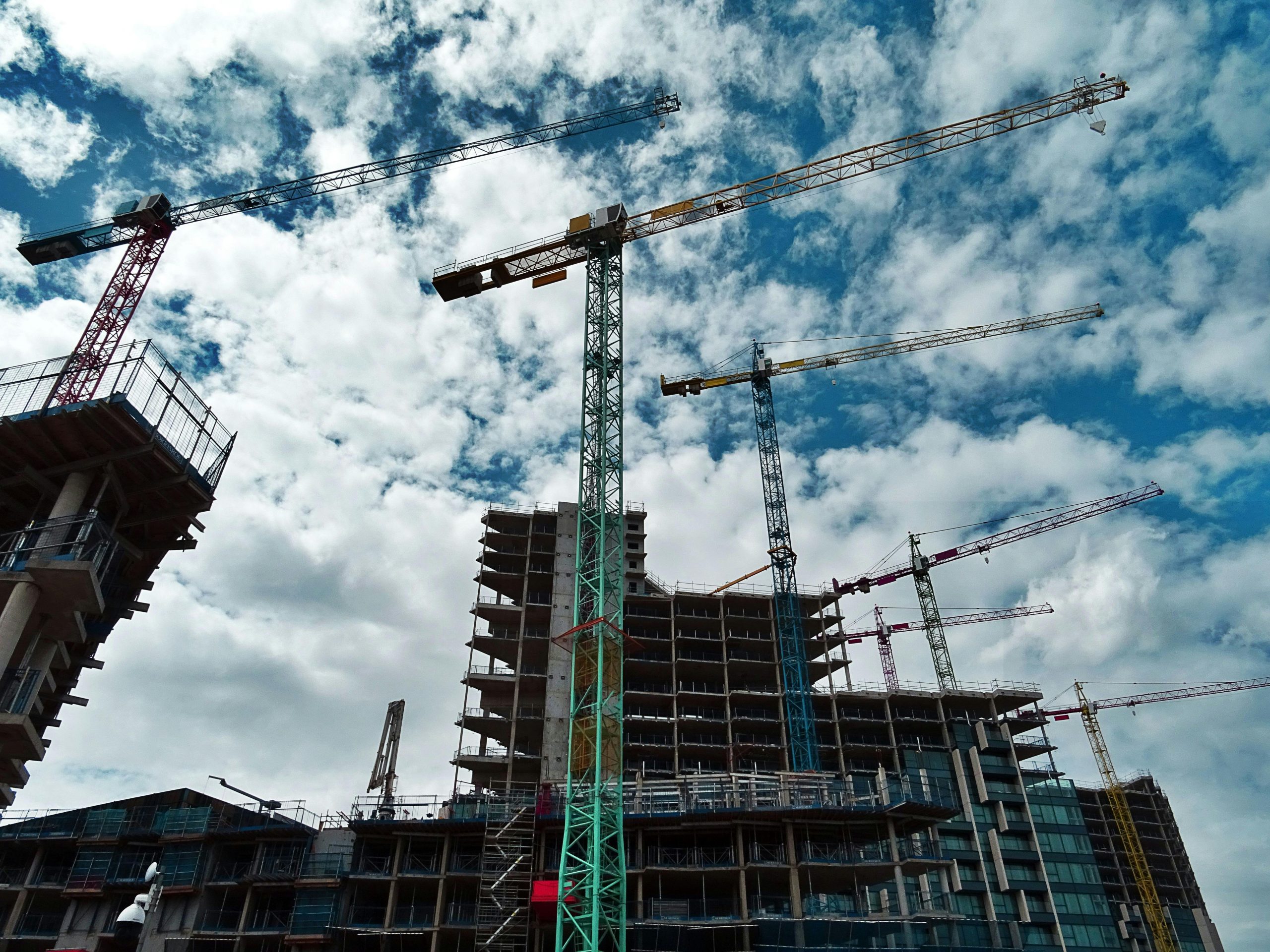
Leave a Reply